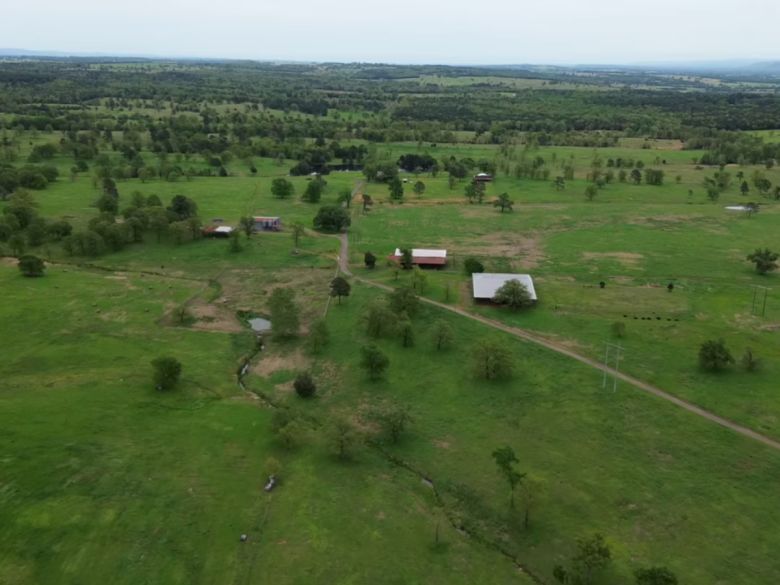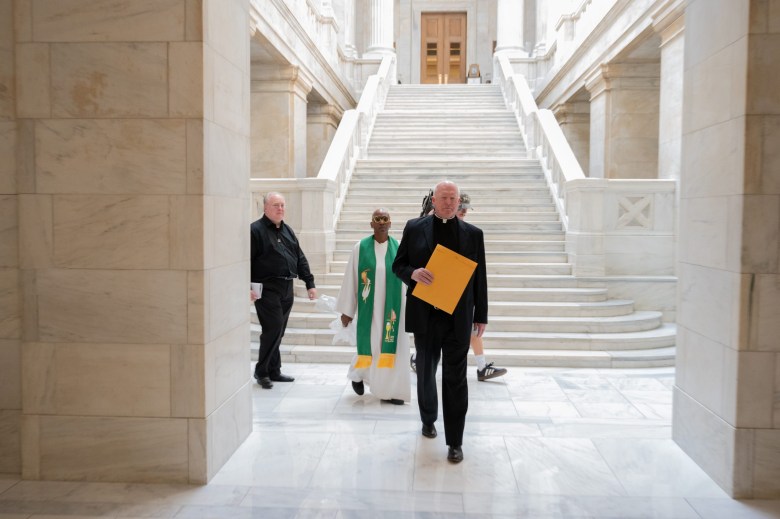Subscribe to the Climate Watch Newsletter
The first free newsletter in Arkansas devoted to examining how Arkansans are adjusting to climate change is called Arkansas Times Climate Watch. Get it twice a month in your inbox by subscribing.
The Biden Administration’s attempt to rally federal resources to address the climate catastrophe was stunningly reversible when national Republicans approved their One Big Beautiful Bill. However, some progress cannot be undone, despite the United States and Arkansas’s seeming insistence on reversing the course of renewable energy development.
Some wonderful news broke shortly after I started working for the Arkansas Times in July of last year. A record-breaking $100 million grant was awarded to Metroplan, a planning organization in Central Arkansas that works with the state and numerous other partners to reduce greenhouse gas emissions in Arkansas and promote economic development. Attending their announcement ceremony in hot July and watching the plan to implement green investments throughout Arkansas come to life was wonderful.
Under Metroplan’s direction, the climate pollution reduction award will fund significant infrastructure projects in Central Arkansas, the Fort Smith metro, and Northwest Arkansas in the coming years.
Metroplan has been implementing the grant that was given to our state, even though there was some doubt early this year about whether Trump would attempt to unlawfully freeze the money that Congress had appropriated and that the EPA was distributing. The Energy and Environment Innovation Plan, their investment strategy for Central Arkansas, has now been made public. The public can comment on Metroplan until July 29.
One of the first public greenhouse gas inventories for Central Arkansas is included in the plan, along with information on which projects will receive funding and goals for reducing greenhouse gas emissions. An area’s production of greenhouse gases, such as carbon dioxide, methane, and nitrous oxide, is estimated by a greenhouse gas inventory, which also pinpoints the sources of emissions.
I was able to meet with April Ambrose and Stephanie Slagle of the Arkansas Advanced Energy Foundation regarding their organization’s role in carrying out one of the projects getting Metroplan funds, even though Metroplan leaders were not accessible to discuss the plan with me.
With a long history of environmental engagement in Arkansas, Ambrose is spearheading a new initiative called Skillstream, which aims to develop a talent and career pipeline for individuals interested in careers in energy efficiency and renewable energy. Over the next five years, Skillstream will use more than $2 million in money from the climate pollution reduction grant to support worker training and programs.
In order to help young people and underserved individuals become the workforce of the green energy transition, her project—one of many supported by Metroplan’s grant—aims to connect them with employers, training, resources, and support. The fact that advanced energy jobs are expanding at double the national rate and that nearly half of them don’t require college degrees is part of the opportunity, according to Ambrose.
Many of these industries, such as solar installers or commercial energy auditors, lack training programs that expose people to the field, teach them how to apply for jobs, and explain career advancement, according to Ambrose. Employers believe they must home-grow their candidates or teach them internally because it is so irregular. Therefore, they require a program to assist in developing training programs in the state and facilitating the creation of routes for candidates.
In July, Skillsteam will have two employer forums: the first will take place on July 16 at Shorter College in North Little Rock, and the second will take place on July 22 at The Blue Lion in Fort Smith. However, the program is working on numerous additional initiatives, such as creating a job board of energy employment, to link employers in the energy sector with prospective workers.
According to Ambrose, she is still driven to get active despite when Washington, D.C., rejects possibilities for underprivileged and low-income neighborhoods. Ambrose is confident that the renewable industry will keep expanding regardless of what transpires in Washington, D.C., and she wants Arkansans to have the chance to work in these industries and profit from their expansion.
According to Ambrose, the politicization of climate change, for whatever reason, makes it more challenging to establish some of these routes. However, we must solve the workforce challenges if we hope to see growth in these areas.
The Plan
Using their $49 million portion of the funding, Metroplan believes that their plan may cut greenhouse gas emissions in Central Arkansas by 63% over the next 25 years. According to their greenhouse gas inventory, the main sources of Central Arkansas’s annual 9.1 million metric tons of greenhouse gas emissions are commercial buildings and transportation. Every year, forests and other land uses mitigate or sequester an additional 3 million emissions.
Five strategies are listed in the Central Arkansas strategy to lower greenhouse gas emissions that warm the earth while promoting economic growth:
- Building out Green Corridors, which are sprawling trails with plenty of greenery that act as alternative roads for pedestrians and cyclists.
- Investing in local energy, by providing energy efficiency funding for buildings and installing solar panels and battery storage for renewable energy.
- Investing in increased recycling to prevent landfill expansion
- Using funds to encourage infill development of vacant and underused urban land to incentivize more walkability.
- Building out electric vehicle charging stations that are publicly accessible.
The majority of the infrastructure upgrades Metroplan is looking to fund are intended to provide accessibility to less carbon-intensive modes of transportation.
Through their C-PACE program, the Arkansas Advanced Energy Foundation will also assist Metroplan in implementing energy efficiency upgrades by providing low-interest loans for Central Arkansas buildings to upgrade their energy efficiency.
Their projection indicated that greenhouse gas emissions would decrease by 22% by 2050 if Metroplan’s investments over the next ten years were not made. However, Metroplan estimates that the investments will more than double Central Arkansas’s emissions reductions.
In order to provide pedestrian-friendly transportation infrastructure throughout Central Arkansas, Metroplan plans to finance more than 222 miles of regional trails. In addition to offering locals an alternative for active, emission-free transportation, greenways can absorb carbon from the atmosphere by utilizing verdant vegetation, such as trees. However, the majority of the plan’s greenhouse gas reductions are anticipated to come from investments in energy efficiency and renewable energy, which could reduce greenhouse gas emissions by 36 million metric tons by 2050.
The plan also calls for the construction of 11,000 publicly accessible EV charging stations by 2050, the development of 16,000 acres of undeveloped urban land, and the installation of 975 megawatts of solar energy.
On July 10 and July 17, Metroplan will hold two virtual town halls to gather community members’ opinions on the plan.Signing up is possible at this site.
On My Radar:
Other than the One Big Beautiful Bill, what else might be on my radar? In the upcoming weeks, I’ll be keeping an eye on the developments in nutrition and environmental legislation. However, The New York Times has a great new tool that can help you learn more about how the law will affect you. According to their analysis, now is the ideal moment to purchase an electric vehicle before the tax credit expires in September.
Subscribe to the Climate Watch Newsletter
The first free newsletter in Arkansas devoted to examining how Arkansans are adjusting to climate change is called Arkansas Times Climate Watch. Get it twice a month in your inbox by subscribing.
It’s dragon-slaying time!
The Arkansas Times, which relentlessly defends the fundamental rights and liberties in our community, stands as a light of truth in an era when critical voices are being silenced more and more. Our commitment to provide uncompromising journalism has never been more important, especially with Arkansas in the center of a broad culture war that is impacting our libraries, schools, and public conversation. We can’t accomplish our goals of defeating dragons and holding those in positions of authority responsible alone. You can guarantee that independent journalism in Arkansas not only endures but flourishes by making a contribution today. We can join the fight and make a difference together.







